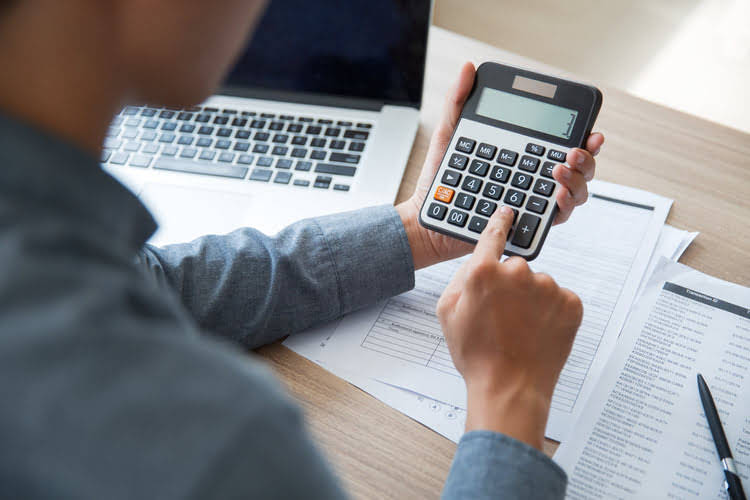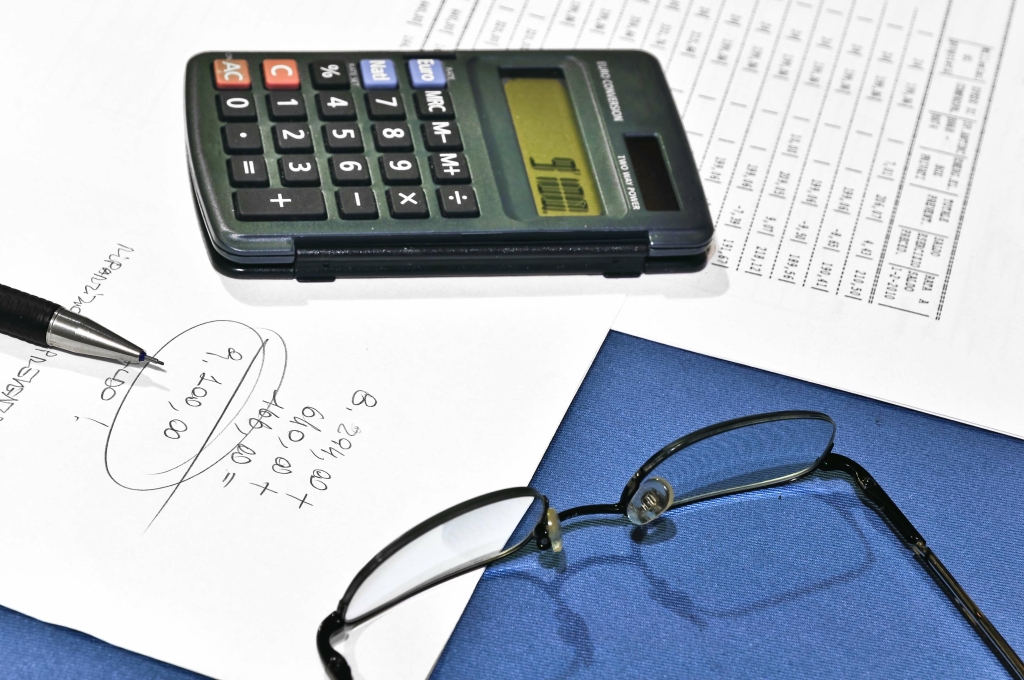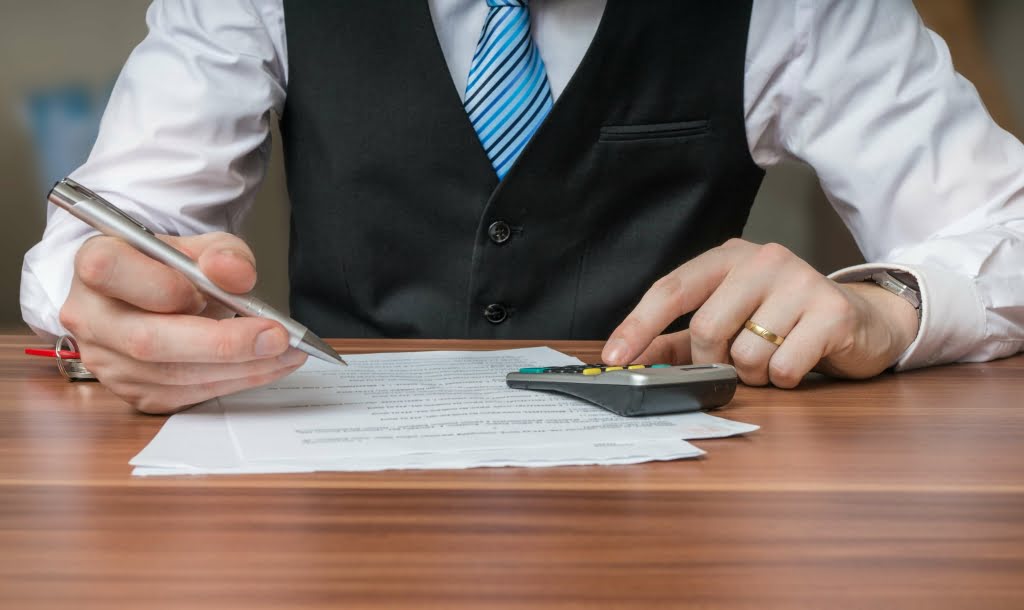
Retained earnings is the cumulative amount of 1) its earnings minus 2) the dividends it declared from the time the corporation was formed until the balance sheet date. The what are considered liabilities in accounting final liability appearing on a company’s balance sheet is commitments and contingencies along with a reference to the notes to the financial statements. Long-term liabilities, which are also known as noncurrent liabilities, are obligations that are not due within one year of the balance sheet date. The noncurrent balance sheet item other assets reports the company’s deferred costs which will be charged to expense more than a year after the balance sheet date.
The Financial Ratios Involving Liabilities

Recording revenues when they are earned results from a basic accounting principle known as the revenue recognition principle. In keeping with double entry, two (or more) accounts need to be involved. Because the first account (Cash) was debited, the second account needs to be credited.
Placement on Personal Financial Statements

As each month Bookkeeping for Etsy Sellers passes, a portion of the deferred revenue is recognised as revenue, reflecting the services provided during that period. Understanding the various forms of liabilities is essential for people and organisations to make informed financial decisions. Using accounting software can help ensure that each journal entry you post keeps the formula in balance. If you use a bookkeeper or an accountant, they will also keep an eye on this process.
Lease Obligations
For the past 52 years, Harold Averkamp (CPA, MBA) has worked as an accounting supervisor, manager, consultant, university instructor, and innovator in teaching accounting online. This guide will break down each concept, show how to record them correctly, and also explain how you streamline the entire process of expense management. Gains come from other activities, such as gain on sale of equipment, gain on sale of short-term investments, and other gains. Trade payables are the subset of AP that specifically relate to the purchases of goods used in production or resale.
Liabilities and Your Balance Sheet
For example, a balance sheet dated December 31 summarizes the balances in the appropriate general ledger accounts after all transactions up to midnight of December 31 have been accounted for. In conclusion, understanding the liability side of a balance sheet is essential for investors and stakeholders looking to assess a company’s financial health and liquidity. The importance of current liabilities lies in their ability to assess a company’s short-term liquidity. Ideally, investors want to see that a business can pay off its current obligations with cash or liquid assets.
- By analyzing a company’s liability structure, one can gain insight into its overall financial position, liquidity, solvency, and profitability.
- Until the company delivers the services or goods, the company has an obligation to deliver them or to refund the customer’s money.
- Interest expenses on debt, for instance, are recorded on the income statement, affecting the company’s net income.
- Accounts payable is a company’s obligation to pay for goods and services received on credit, typically within 30 to 90 days.
- These financial obligations are recorded on the right side (or liability side) of a balance sheet.
Paid-up capital is the total amount of money a company receives from shareholders who purchase shares of its stock. This figure represents capital invested directly by the company’s owners in exchange for ownership stakes. This form of capital is not borrowed and does not need to be repaid, making it a stable source of funds for business operations and growth. Expenses are costs incurred during regular business operations that help generate revenue.
- Financial assets can include stocks, corporate and government bonds, and other types of securities.
- Under U.S. Generally Accepted Accounting Principles (GAAP), paid-up capital is presented in two line items within Shareholders’ Equity.
- Say, if an entity has to pay creditors by purchasing raw material in 1-month time, that liability will be categorized under current liabilities.
- She asks Joe to assume that on December 1 Direct Delivery borrows $20,000 from Joe’s aunt and the company agrees to pay his aunt 6% per year in interest, or $1,200 per year.
- Record noncurrent or long-term liabilities after your short-term liabilities.

Land refers to the land used in the business, such as the land on which the production facilities, warehouses, and office buildings were (or will be) constructed. The cost of the land is recorded and reported separately from the cost of buildings since the cost of the land is not depreciated. Another example of other receivables is a corporation’s income tax refund related to its recently filed income tax return. Now that we have seen some sample balance sheets, we will describe each section of the balance sheet in detail. The comparative balance sheet presents multiple columns of amounts, and as a result, the heading will be Balance Sheets.
- Wages payable represents the amount of wages owed to employees for work completed before being officially paid, usually on a bi-weekly or monthly basis.
- Navigating these liabilities requires understanding tax regulations and diligent planning to ensure timely payments, avoiding penalties and interest charges.
- The image below is an example of a comparative balance sheet of Apple, Inc.
- Explore the essentials of liabilities in modern accounting, their types, and their impact on financial reporting and ratios.
- These loans, with repayment periods of less than a year, are often used for inventory purchases, working capital, or unexpected expenses.
- This account balance or this calculated amount will be matched with the sales amount on the income statement.
- In isolation, total liabilities serve little purpose, other than to potentially compare how a company’s obligations stack up against a competitor operating in the same sector.
Long-term liabilities consist of debts that have a due date greater than one year in the future. Long-term liabilities are listed after current liabilities on the balance sheet because they are less relevant to the current cash position of the company. There are many types of current liabilities, from accounts payable to dividends declared or payable. These debts typically become due within one year and are paid from company revenues. Investors and creditors analyze current liabilities to understand more about a company’s financials. Banks, for example, want to know before extending credit whether a company is collecting—or getting paid for—its accounts receivable in a timely manner.
What Is the Current Ratio?

Under IFRS, liabilities are defined as present obligations arising from past events, the settlement of which is expected to result in an outflow of resources. IFRS emphasizes a principles-based approach, allowing for greater flexibility in the interpretation and application of standards. For instance, IFRS requires the use of fair value measurement for certain financial liabilities, which can provide a more accurate reflection retained earnings balance sheet of their current market value.


 Plant life Slot Local casino Added bonus and you can Free Spins NetEnt
Plant life Slot Local casino Added bonus and you can Free Spins NetEnt
Leave a Comment... Discuss!